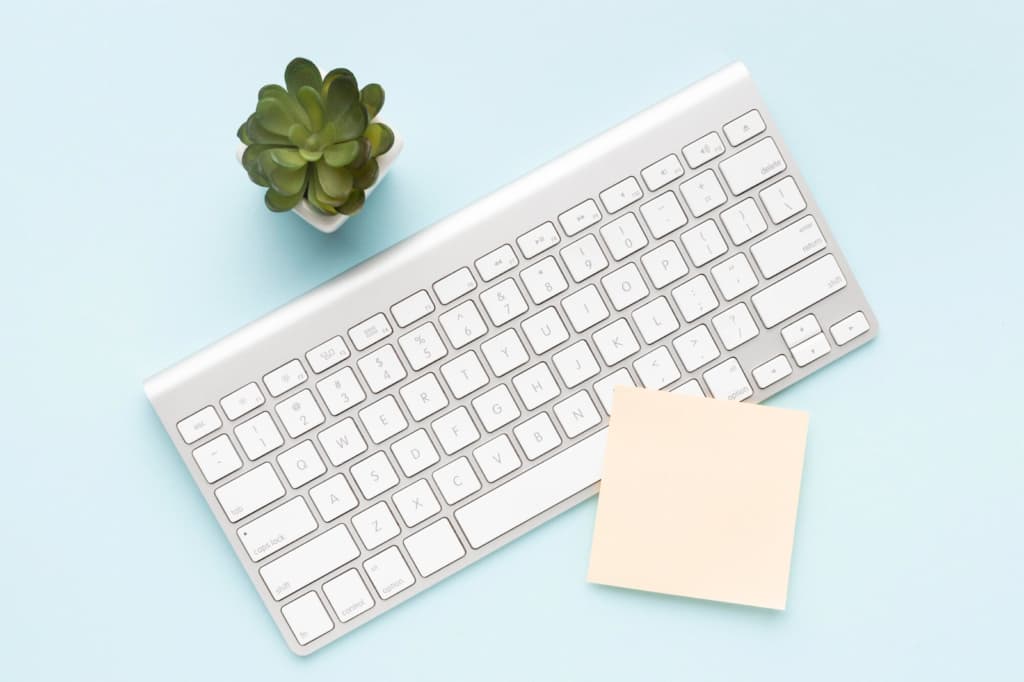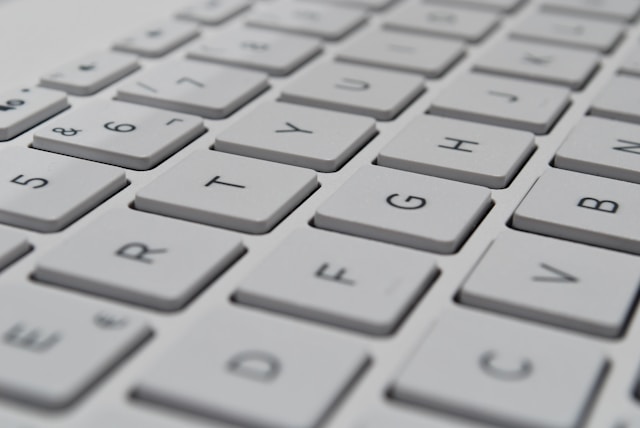The Danish keyboard layout is a unique configuration tailored to the needs of Danish speakers, offering specific characters and symbols essential for typing in the Danish language. Understanding the nuances and differences of the Danish keyboard layout can greatly enhance efficiency and convenience for users who primarily communicate in Danish. This article delves into the intricacies of the Danish keyboard layout, its key features, comparisons with other layouts, and practical tips for utilizing it effectively.
History and Evolution of the Danish Keyboard Layout
Origins of the Danish Keyboard Layout
The Danish keyboard layout has undergone several transformations over the years to accommodate the specific requirements of the Danish language. Initially based on the traditional QWERTY layout, modifications were made to incorporate additional characters such as æ, ø, and å, which are integral to written Danish.
Key Features of the Modern Danish Keyboard
Today, the modern Danish keyboard layout follows the standard Nordic model, featuring the distinctive characters unique to the Danish alphabet. These characters are strategically placed for easy access, allowing users to type efficiently without compromising on accuracy or speed.
Table: Comparison of Key Characters on Danish and Standard QWERTY Keyboards
| Character | Danish Keyboard | Standard QWERTY |
|---|---|---|
| Æ | Shift+’ | Shift+’ |
| Ø | ‘ | ; |
| Å | Å | [ |
Layout and Design of the Danish Keyboard
Physical Layout of the Danish Keyboard
The physical design of the Danish keyboard closely resembles the standard QWERTY layout, with minor adjustments to accommodate the additional Danish characters. These modifications are aimed at enhancing user experience and ensuring seamless integration with Danish language requirements.
Special Symbols and Shortcuts
In addition to the standard alphanumeric keys, the Danish keyboard includes special symbols and shortcuts that are commonly used in Danish text input. These shortcuts provide quick access to specific characters, enabling users to type with precision and ease.
Common Special Symbols on the Danish Keyboard
- @ (AltGr+2): Used in email addresses and online communication;
- € (AltGr+5): Represents the Euro currency symbol;
- § (AltGr+6): Denotes a section or paragraph in legal texts.
Typing Efficiency and Productivity Tips
Utilizing AltGr for Additional Characters
AltGr (Alternate Graphics) is a key found on many European keyboards, including the Danish layout. By combining AltGr with other keys, users can access a wide range of additional characters and symbols not present on the standard QWERTY layout.
Customizing Keyboard Settings
To further optimize typing efficiency, users can customize their keyboard settings to suit their preferences. This may include remapping certain keys, adjusting key repeat rates, or configuring shortcuts for frequently used characters.
Enhancing Productivity with Keyboard Shortcuts
Keyboard shortcuts are invaluable tools for boosting productivity and streamlining workflow. By mastering common shortcuts for tasks like copy, paste, and undo, users can navigate their devices with greater speed and efficiency.

Comparing the Danish Keyboard Layout with Other Nordic Layouts
Similarities with Swedish and Norwegian Layouts
The Danish keyboard layout shares similarities with its Swedish and Norwegian counterparts, owing to the linguistic connections between these languages. Despite some variations in character placement, the overall structure and functionality remain consistent across Nordic layouts.
Contrasting Features of the Finnish Keyboard
In contrast to the Danish layout, the Finnish keyboard incorporates distinct characters specific to the Finnish language, such as ä and ö. These differences reflect the unique phonetic requirements of Finnish and highlight the tailored nature of keyboard layouts to accommodate diverse linguistic needs.
Variations in Nordic Keyboard Layouts
| Language | Shared Characters | Unique Characters |
|---|---|---|
| Danish | Æ, Ø, Å | – |
| Swedish | Å, Ä, Ö | – |
| Norwegian | Æ, Ø, Å | – |
| Finnish | – | Ä, Ö |
Practical Applications of the Danish Keyboard Layout
Academic and Professional Use
For students, academics, and professionals working in Danish-speaking environments, familiarity with the Danish keyboard layout is essential for efficient communication and document preparation. The ability to type accurately and swiftly in Danish can significantly enhance productivity and streamline workflow.
Multilingual Capabilities
The Danish keyboard layout’s versatility extends beyond Danish language use, allowing users to type in multiple languages with ease. By leveraging the layout’s flexibility and adaptability, individuals can seamlessly switch between different language settings without encountering significant barriers.
Enhancing Multilingual Communication
With the Danish keyboard layout, users can effortlessly switch between Danish, English, and other languages, thanks to its comprehensive character set and intuitive design. This multilingual capability underscores the layout’s practicality and user-friendly nature.
Tips for Optimizing Your Danish Keyboard Experience
Regular Practice and Familiarization
To master the Danish keyboard layout effectively, consistent practice and familiarization are key. By regularly typing in Danish and engaging with the layout’s unique characters, users can build proficiency and confidence in using the Danish keyboard.
Online Resources and Tools
Numerous online resources and tools are available to support users in learning and utilizing the Danish keyboard layout. From interactive tutorials to virtual keyboards, these resources offer valuable assistance in navigating the nuances of the Danish layout.
Recommended Online Tools for Danish Typing Practice
- Duolingo: Offers interactive language lessons with typing exercises;
- TypeRacer: Provides typing games and challenges to improve speed and accuracy;
- Keybr.com: Features customizable typing lessons for various keyboard layouts.
Conclusion
In conclusion, the Danish keyboard layout offers a tailored solution for Danish speakers, incorporating essential characters and symbols for efficient typing in the Danish language. By understanding the history, design, and practical applications of the Danish layout, users can optimize their typing experience and enhance productivity in Danish-speaking environments. With its versatility, multilingual capabilities, and user-friendly design, the Danish keyboard layout stands as a valuable tool for individuals seeking seamless communication and effective text input in Danish and beyond.



